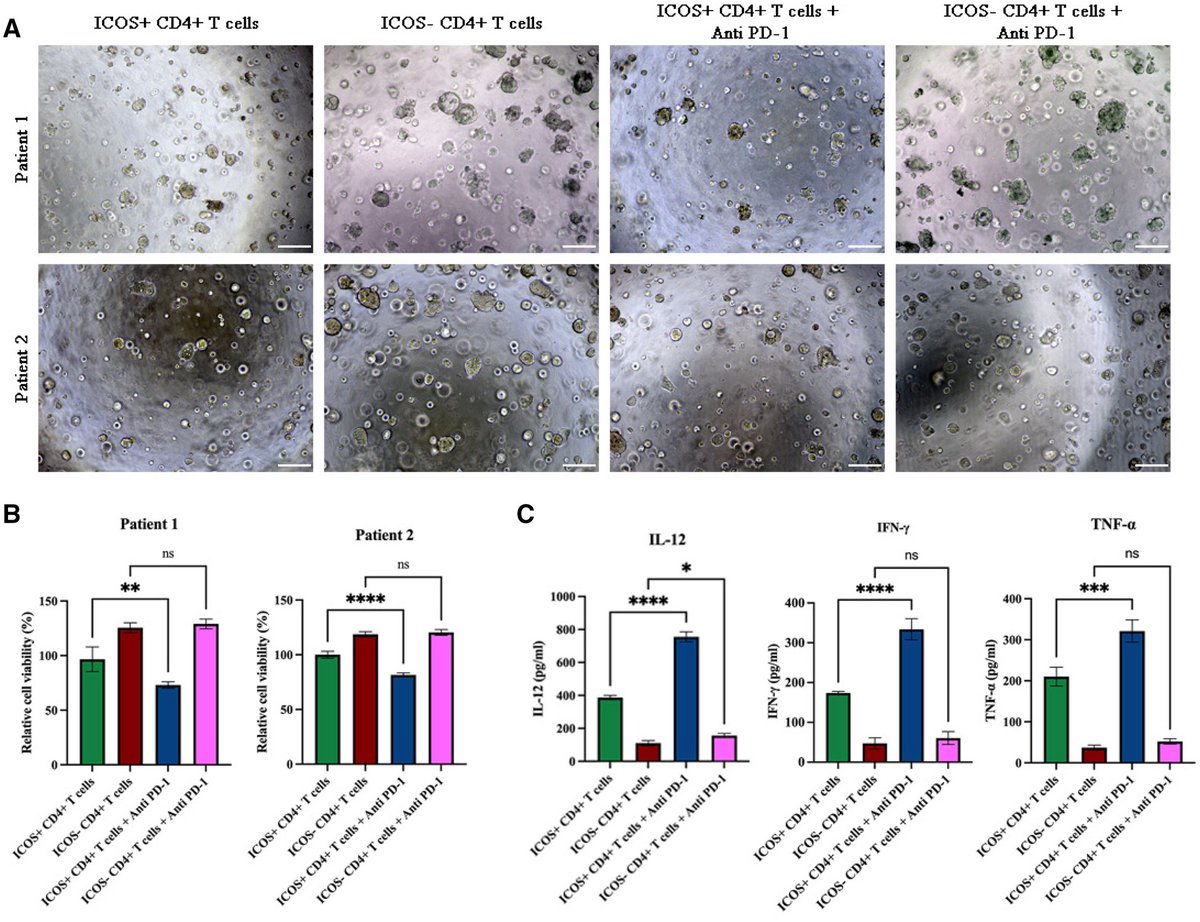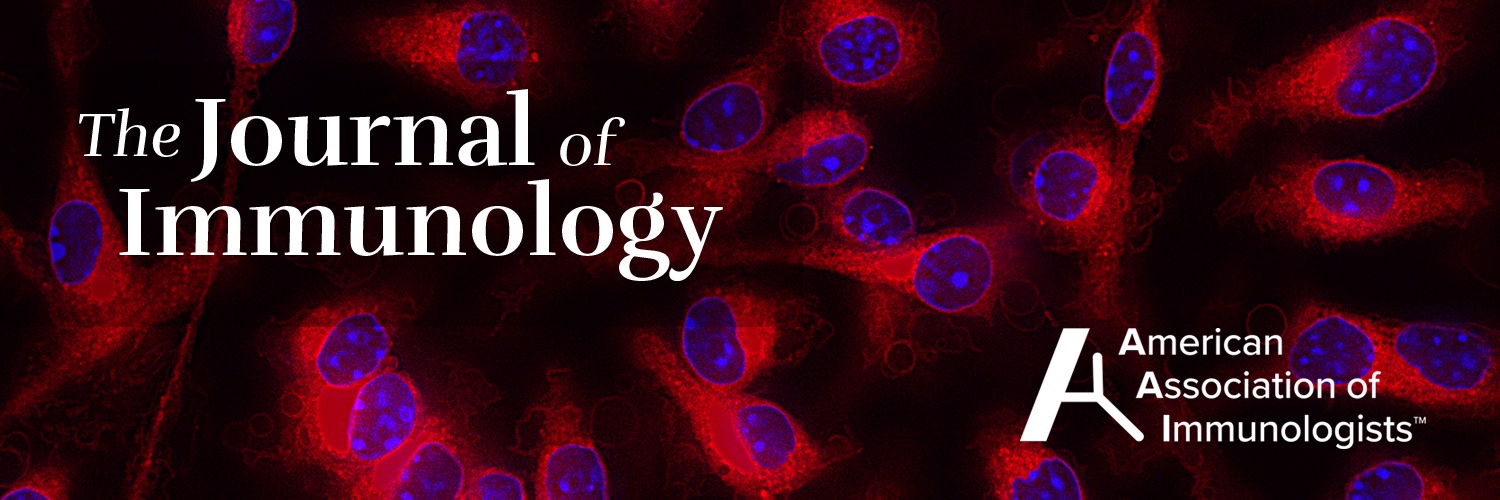
The Journal of Immunology
@J_Immunol
The Journal of Immunology is an official journal of The American Association of Immunologists, Inc., @ImmunologyAAI.
Data suggest that eliminating NKG2D signaling could be beneficial in NK cell adoptive therapy, highlighting the need to better delineate downstream effects of NKG2D in humans rather than in mice before developing new #immunotherapy. Learn more: ow.ly/nCOj50WlLrM.
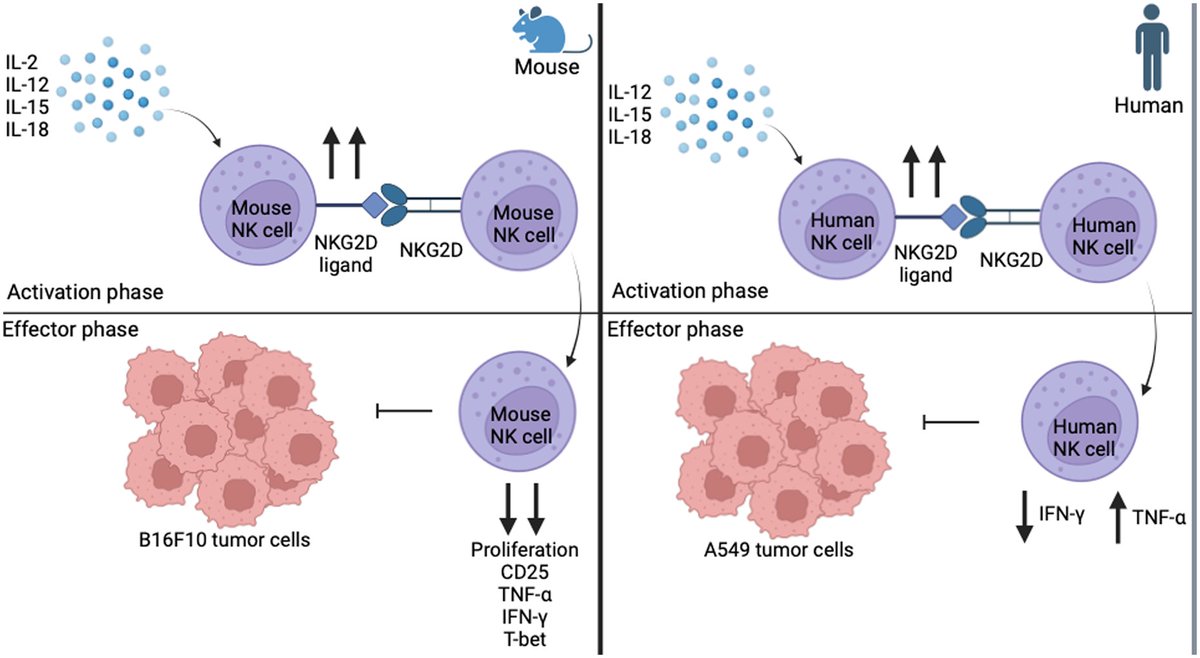
Researchers have described key events in the pulmonary anti-Influenza A (IAV) response of pigs, which open new avenues for developing IAV vaccines and therapies, and enable the better use of pigs as a model for human IAV infection and immunity. Learn more: ow.ly/xjnl50WlNLa

The June cover image is from @Naglaa_Shoukry at @CRCHUM and their work demonstrating that treating mice with the RORγt inhibitors improved the appearance and function of the liver during #LiverFibrosis. Learn more: ow.ly/v1Tp50Wslwv
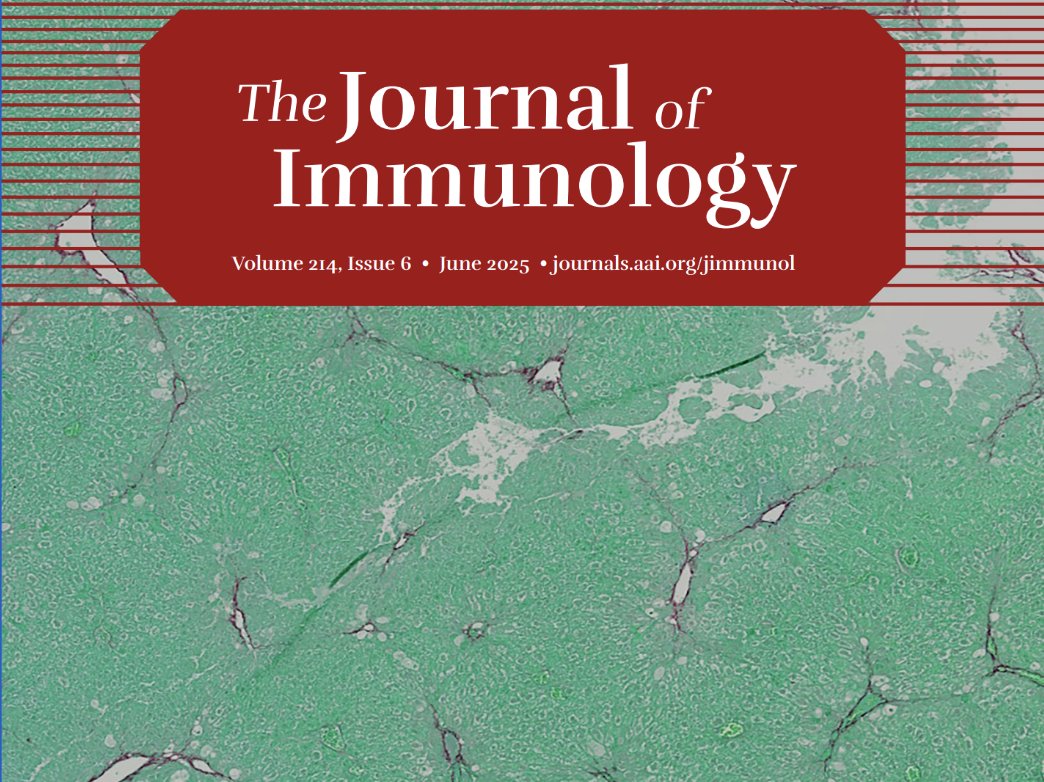
Researchers investigated the role of two prion family members, Shadoo and Doppel, in protection against influenza A virus in mice. Their findings underscored the complex role of Doppel in modulating host immune responses. Learn more: ow.ly/4XuB50Wslwc.
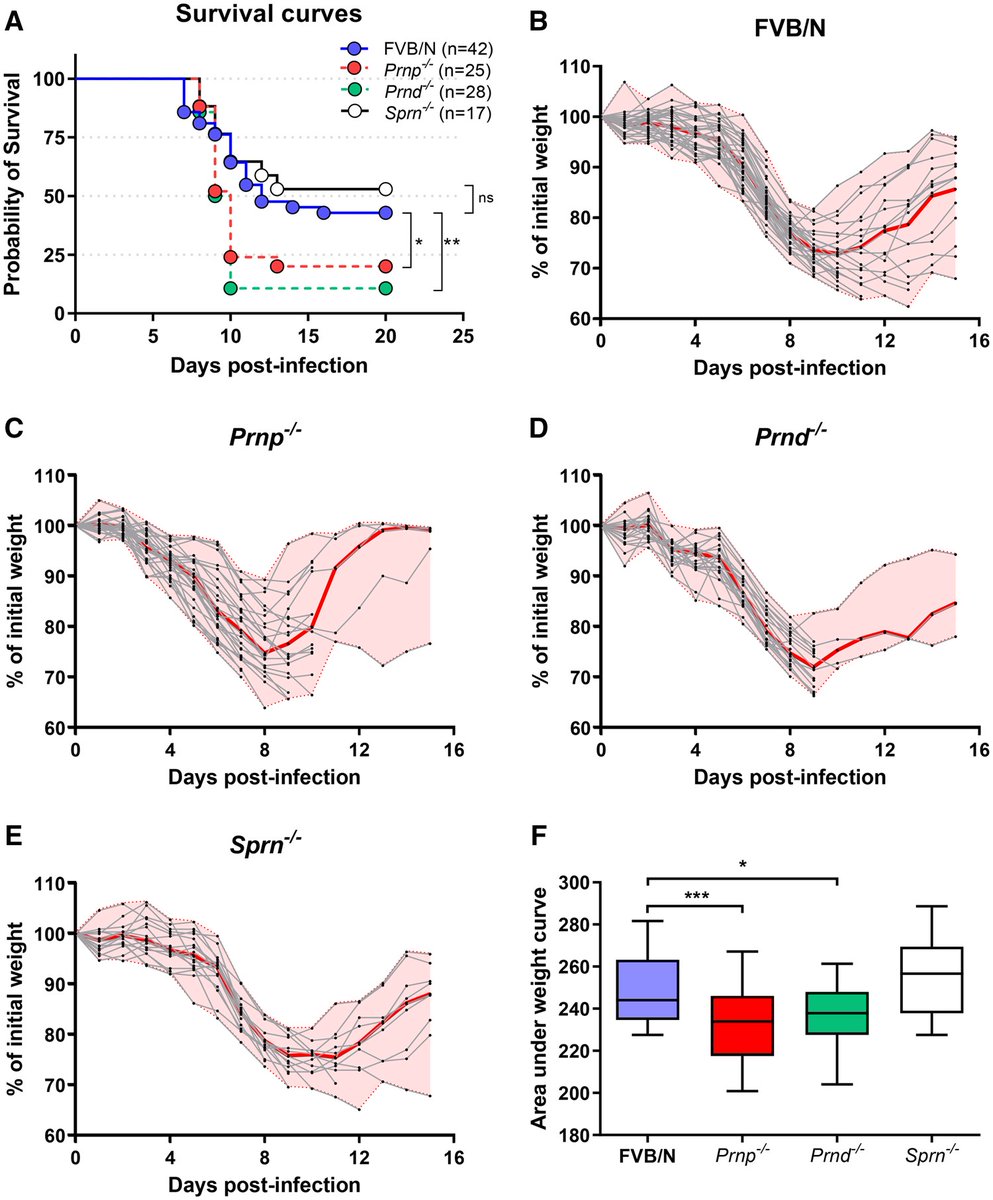
#ICYMI: Data suggest that ER membrane Ca2+ ion channel ryanodine receptor 2 (RyR2) may be regulated in T-cell activation for biased Th polarization, which may provide a target for fine-tuning T-cell differentiation in clinical settings. Read more: ow.ly/HLE250Wslks.
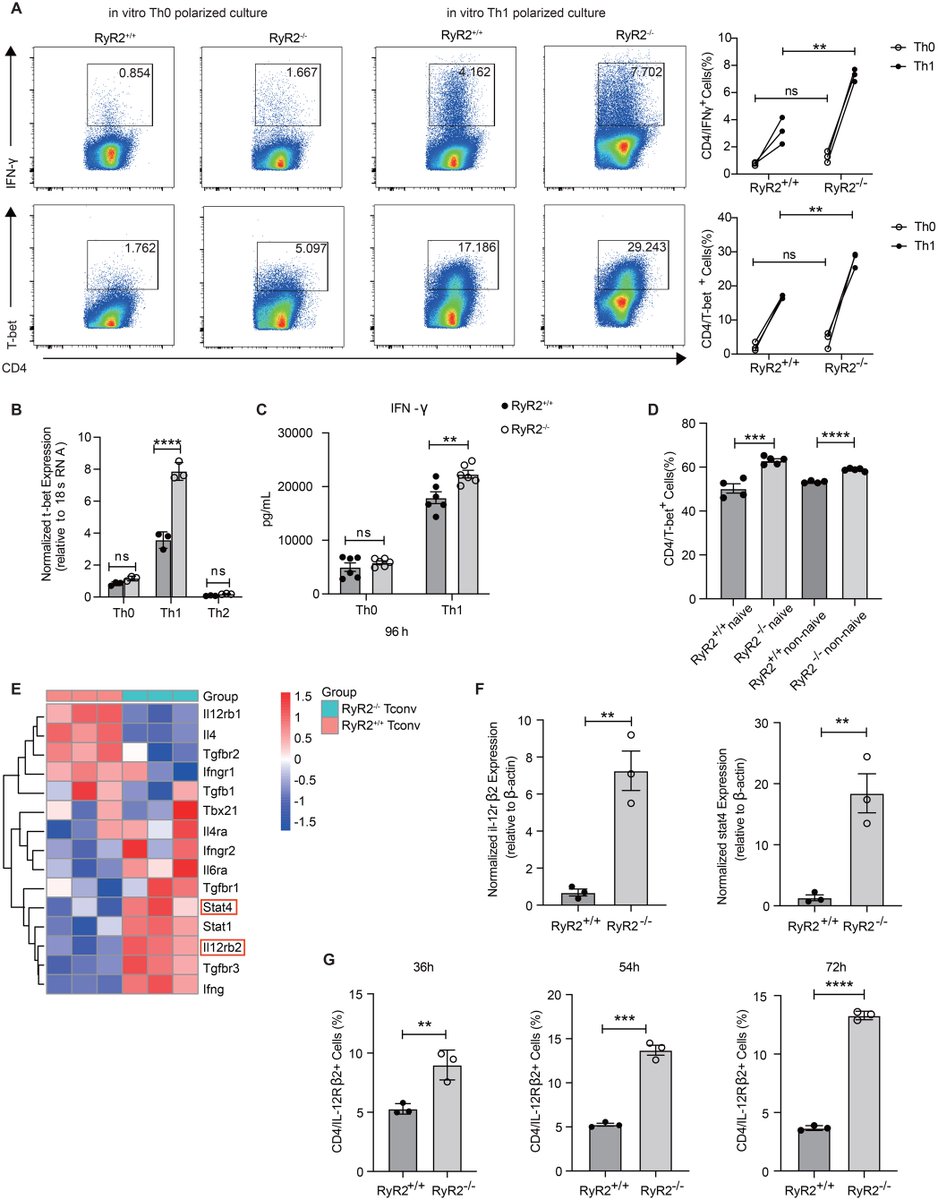
#ICYMI: When studying Nile tilapia as a model, researchers determined that CD8+ T cells reshaped the FasL-dependent strategy throughout evolution, thereby enhancing the precision and specificity of adaptive immunity. Learn more: ow.ly/RPqF50Wslhz
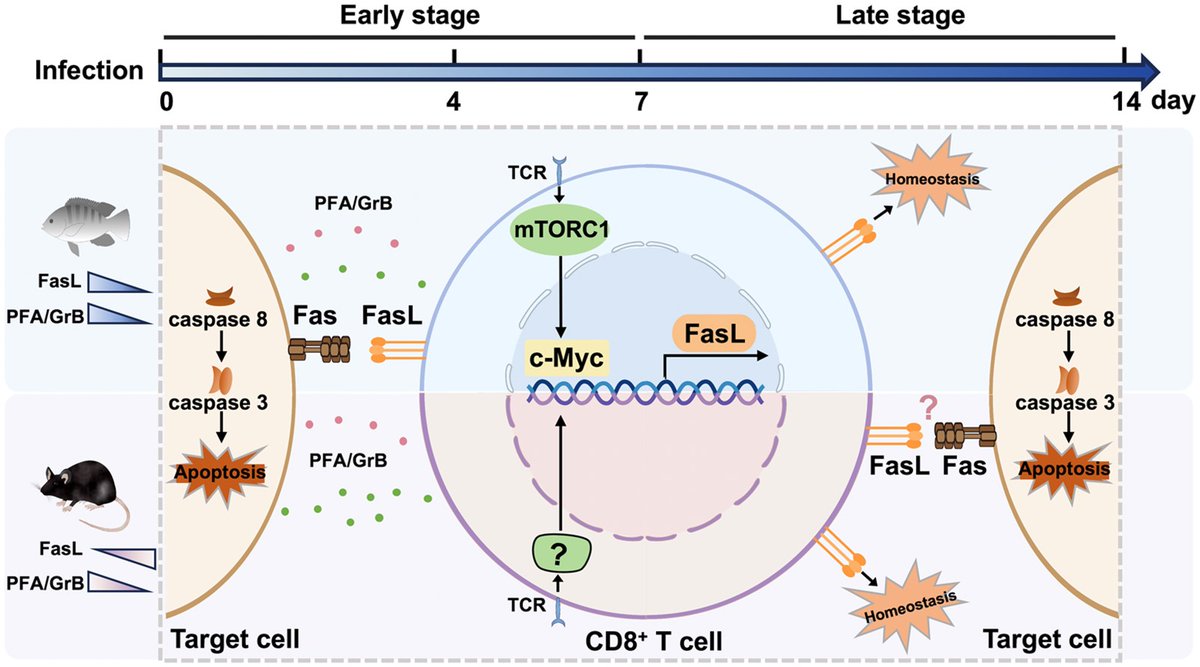
A #CuttingEdge article by SunLab from MSK Cancer Center reveals a cooperative interplay between IRF4- and IRF8-dependent transcriptional networks in regulating NK-cell antiviral responses. Learn more by reading the full article: ow.ly/u88f50Wslbz.
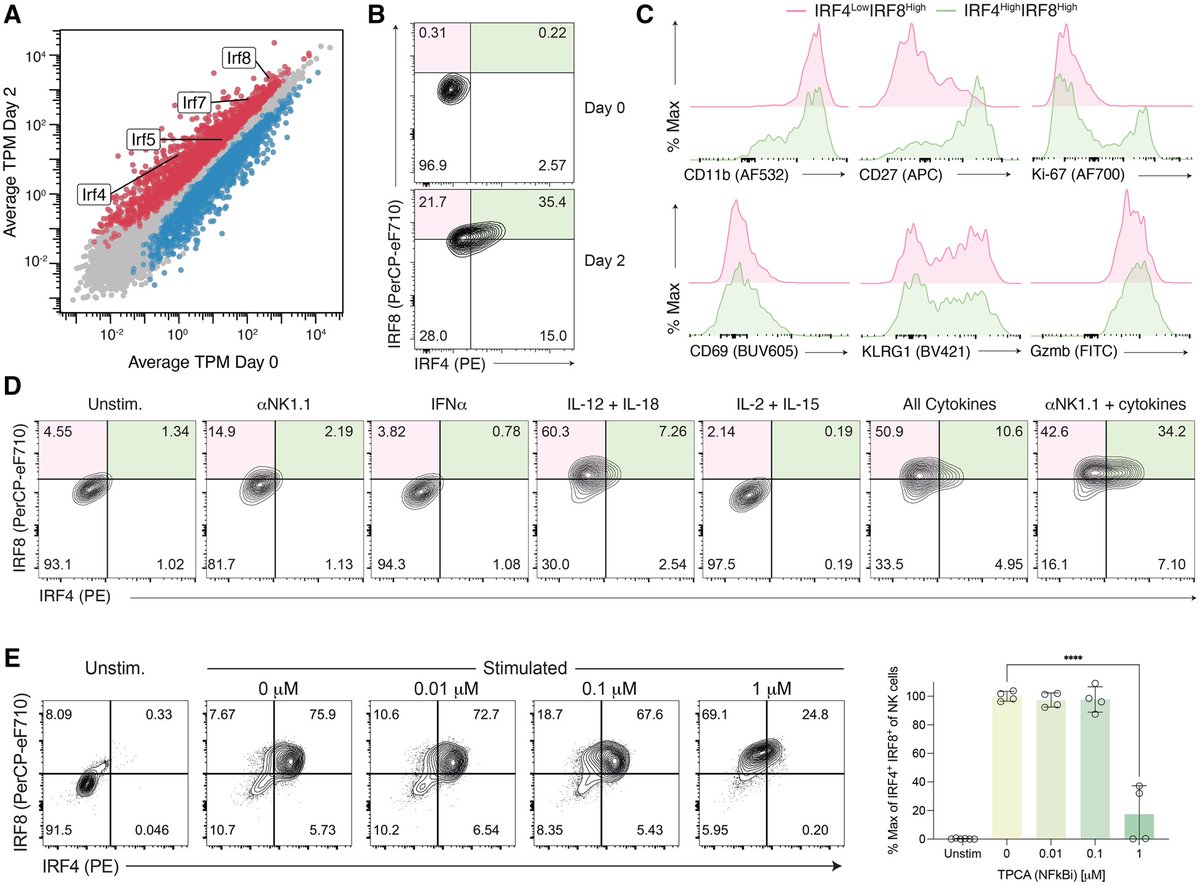
The June issue’s Pillars of Immunology Commentary revisits the landmark 2007 paper by Foster, Hargreaves, and Medzhitov, which was the first to uncover the mechanistic basis of memory in the innate immune system. Read it in The JI: ow.ly/NxUU50WslaC.
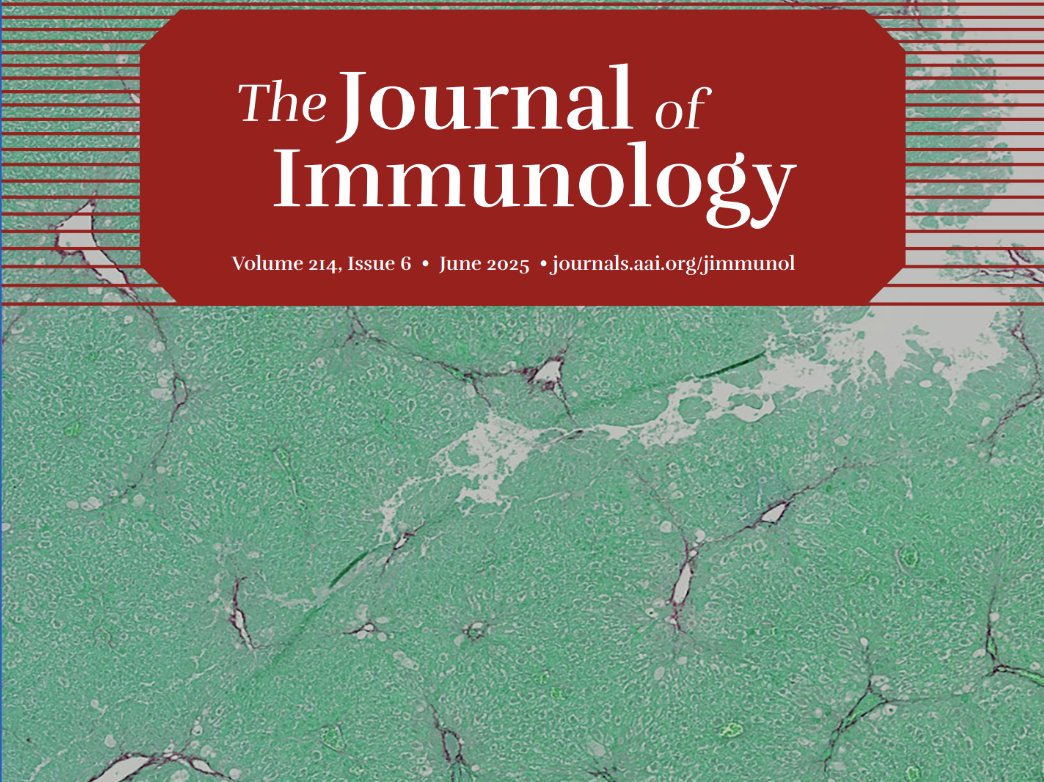
Foam cells are dysfunctional, lipid-laden macrophages. Data indicate that the events underlying foam cell formation are disease- and microenvironment-specific, opening new avenues for disease-specific biomedical research. Learn more: ow.ly/Ah0k50WlLiQ.
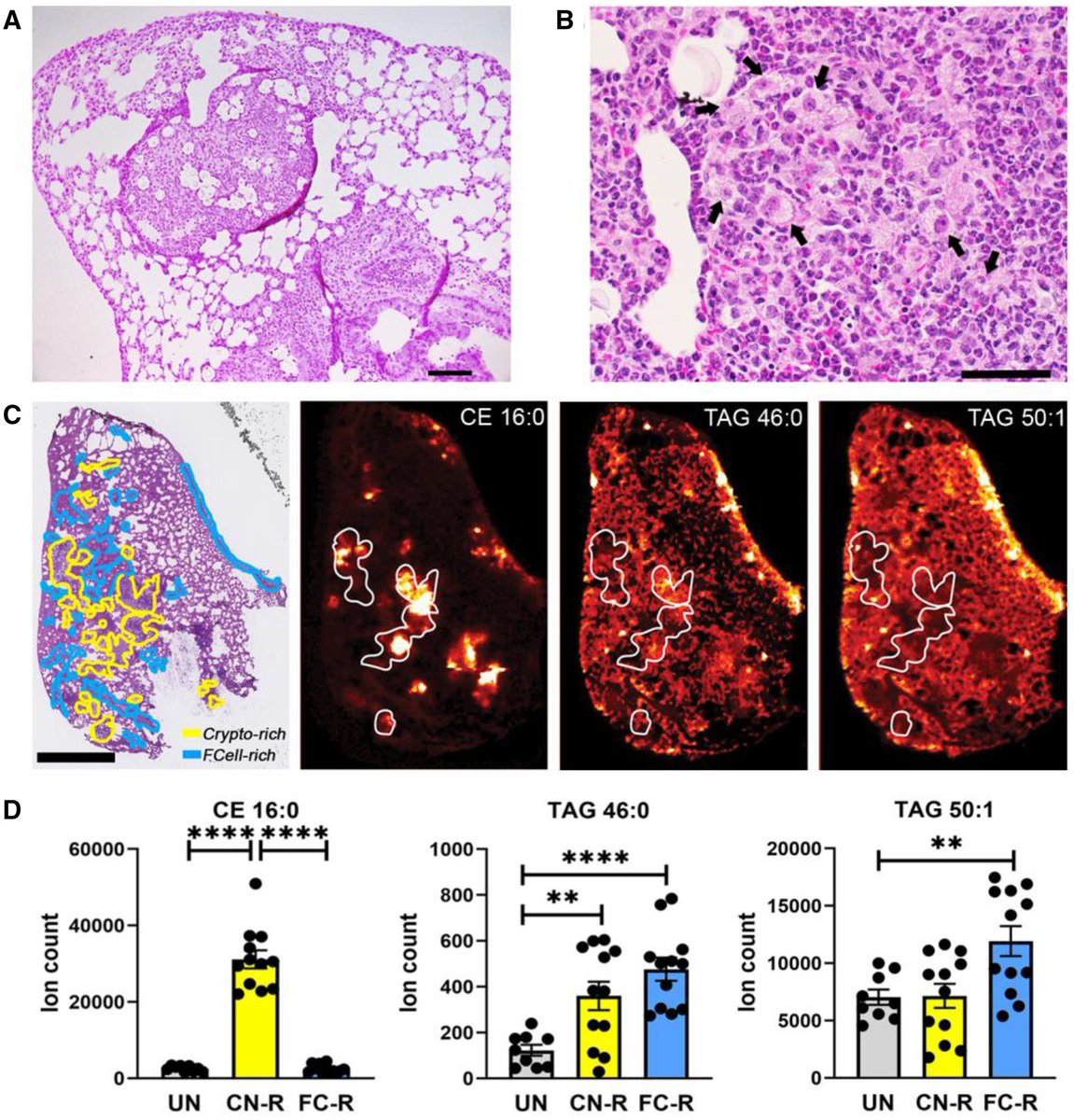
#ICYMI: Cytokine-induced killer (CIK) cell therapy improved both progression-free and overall survival in patients with #colorectalcancer. CEA serum levels were identified as a biomarker to predict which patients will respond to CIK therapy. Learn more: ow.ly/pfBp50WlLb9.
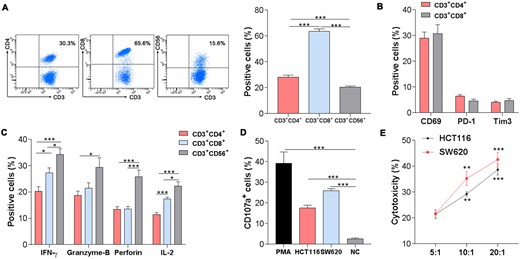
The Hippo signaling pathway is important in regulating host immune responses, but have you thought about its role in fish? Scientists revealed the mechanism of the Hippo pathway in the antimicrobial immunity of a pufferfish, Takifugu obscurus. Read now: ow.ly/TjfQ50WlKWV.
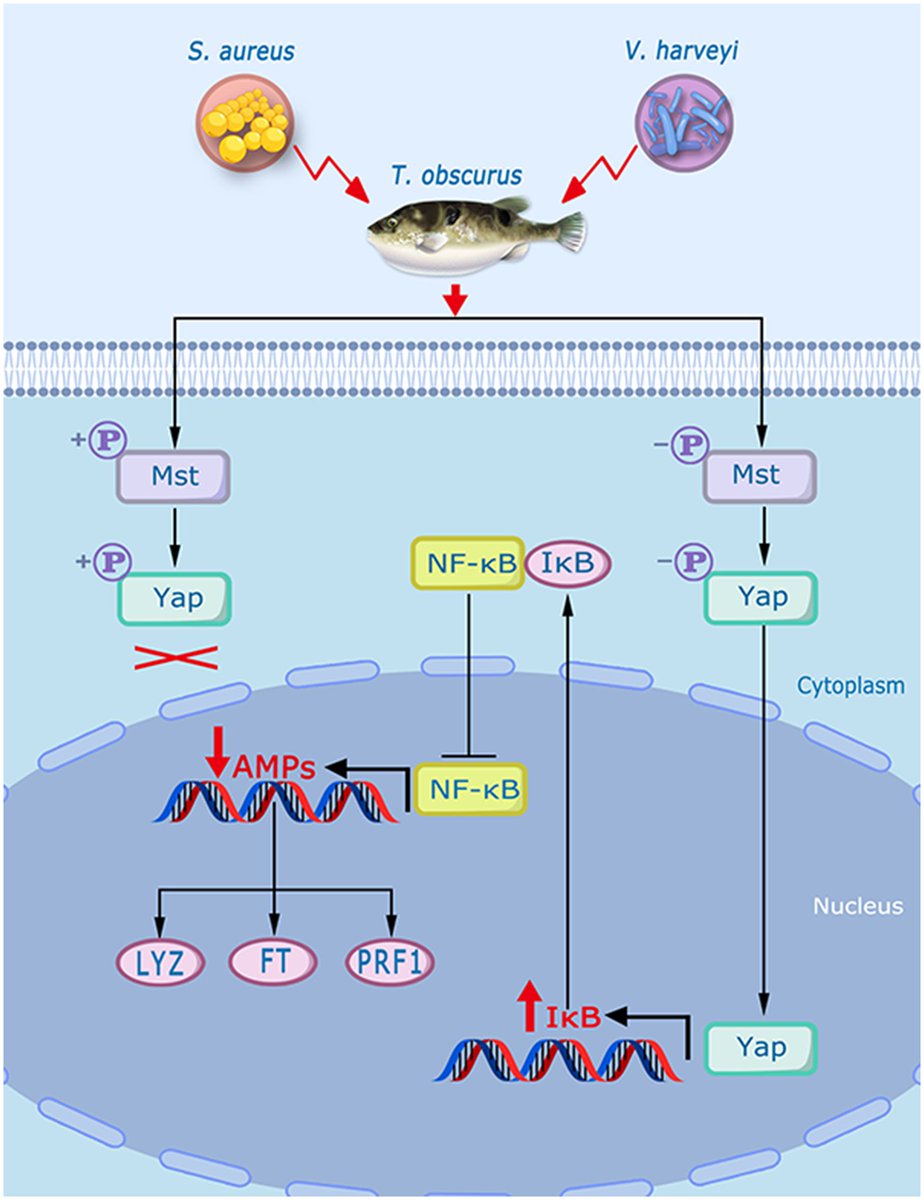
#ICYMI: Researchers shared the development of an assay for quantitative assessment by flow cytometry of selective inhibitor effects on peptide trimming, both in the endogenous MHC-I processing pathway and in cross-presentation. Learn more in The JI: ow.ly/9V6M50WnBq8.

In a #CuttingEdge article, researchers identified an in-del generated novel neoepitope that elicited in vivo tumor control in models of prophylaxis and therapy. CD8 T cells elicited by this neoepitope showed notably less exhaustion. Learn more: ow.ly/IVtu50WlKRA.

Data suggest that the NLRP3 inflammasome engages an additional innate immune lytic cell death pathway, PANoptosis, for cell death beyond the early timepoints of innate immune responses, which may lead to new therapeutic targets. Learn more: ow.ly/ZkJy50WlNT1.
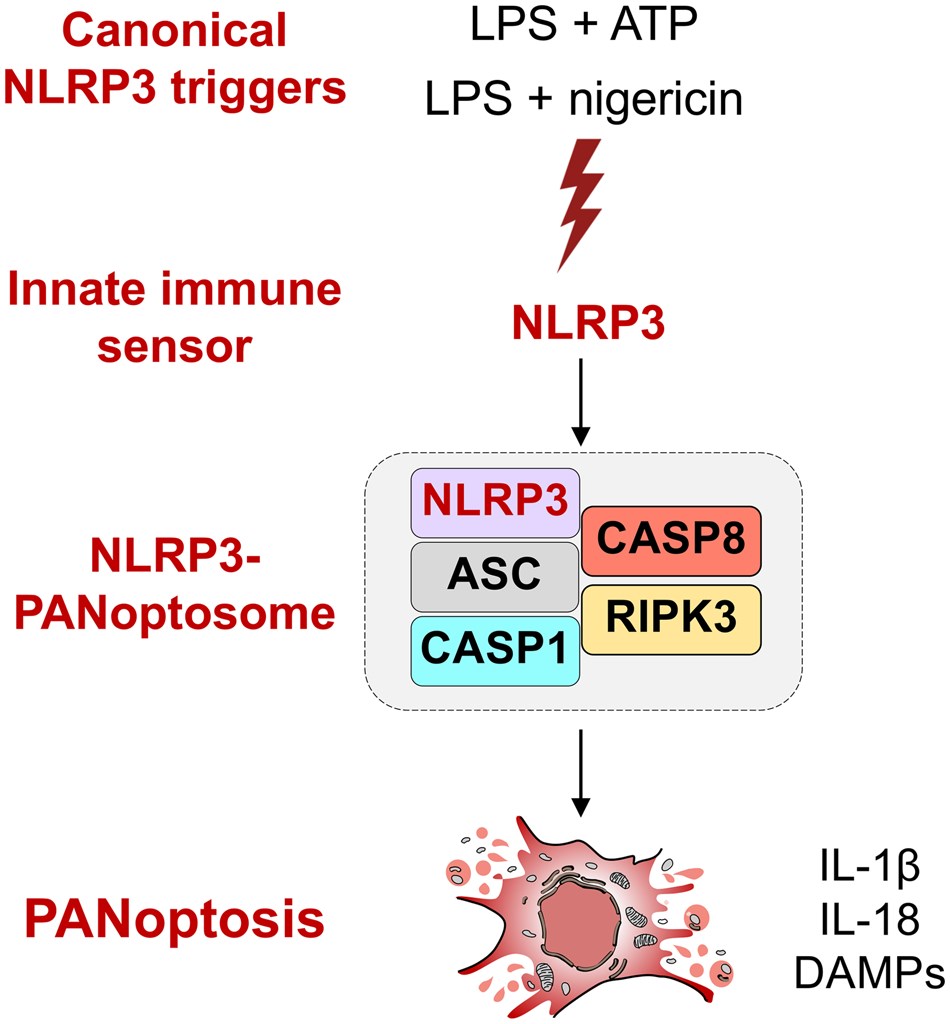
In a new #CuttingEdge article, data show that the transcription factor Batf3 promotes the development of CD4+ resident memory T cells and thus contributes to allergic responses to inhaled allergens like #asthma. Learn more in The JI: ow.ly/Aj3050WlNRf.
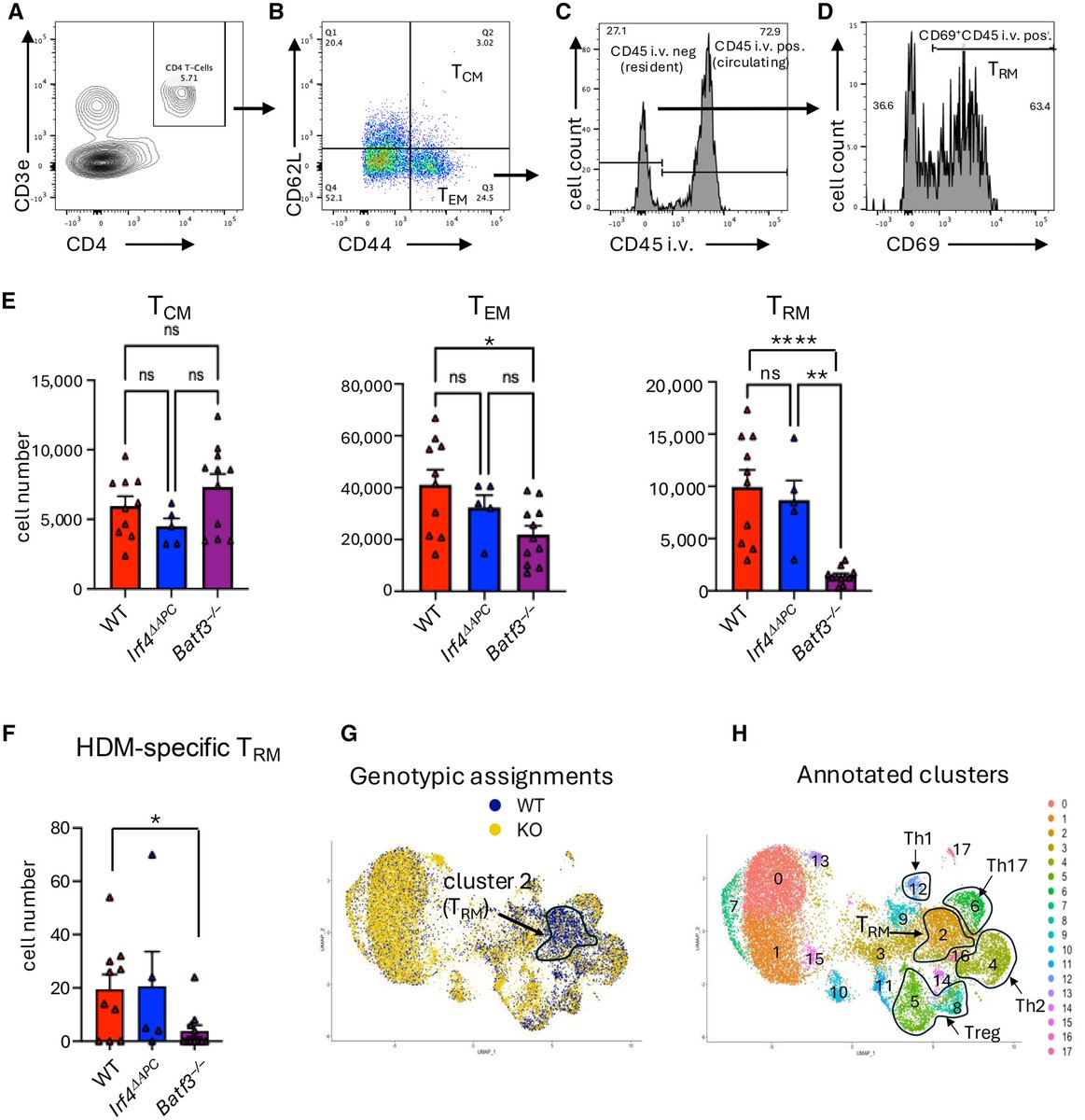
Researchers investigated the role of follicular dendritic cells (FDC) and the protein WDFY1 in systemic lupus erythematosus to understand the mechanisms by which FDCs engage autoreactive B cells. Learn more about their findings in The JI: ow.ly/Qm0a50WlNOy.
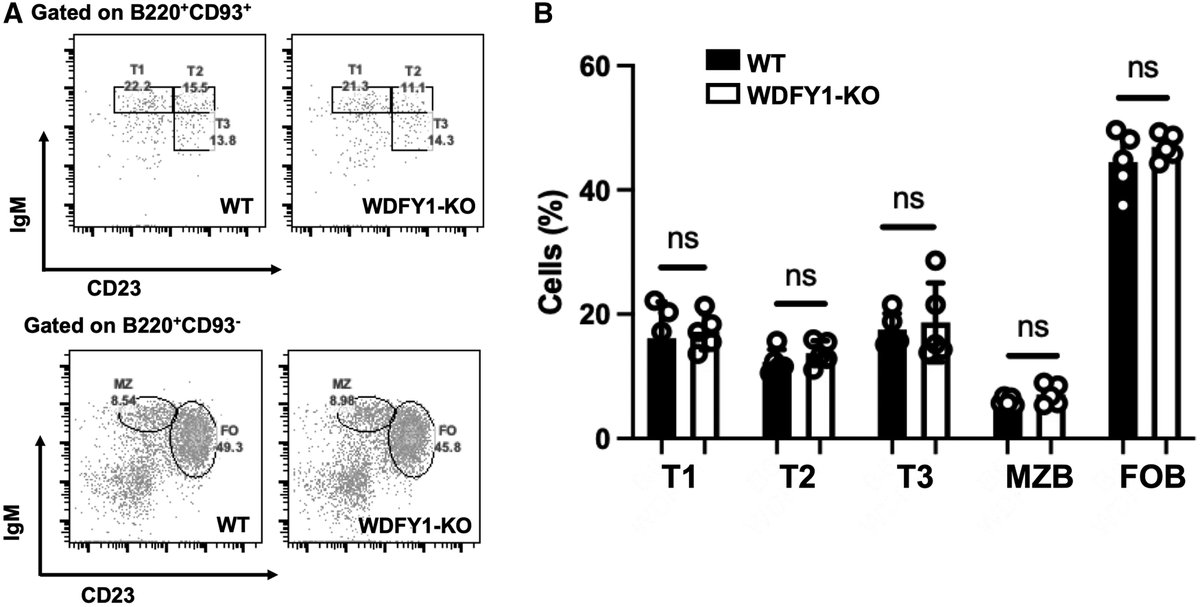
Researchers have found evidence that S100A10 is critical for monocyte mobilization, suggesting that targeting the S100A10-CCR2 pathway may be an attractive approach to regulate inflammatory responses and infectious diseases. Read about it in The JI: ow.ly/npiu50WlLJi.
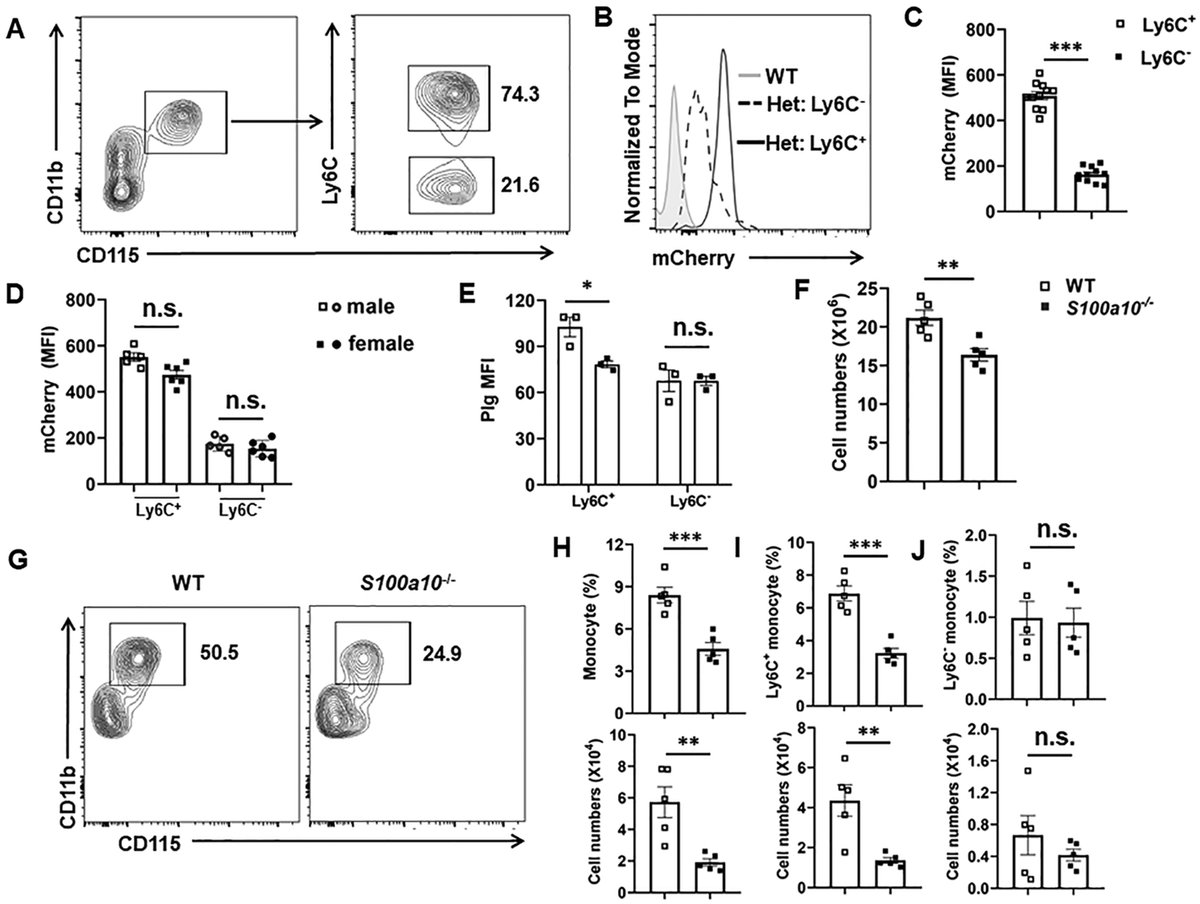
Researchers characterized the transcriptional and chromatin accessibility landscapes of bone marrow and splenic hematopoietic progenitors in breast cancer to understand the hematopoietic consequences of cancer. Read more: ow.ly/gfEZ50WlLzk.
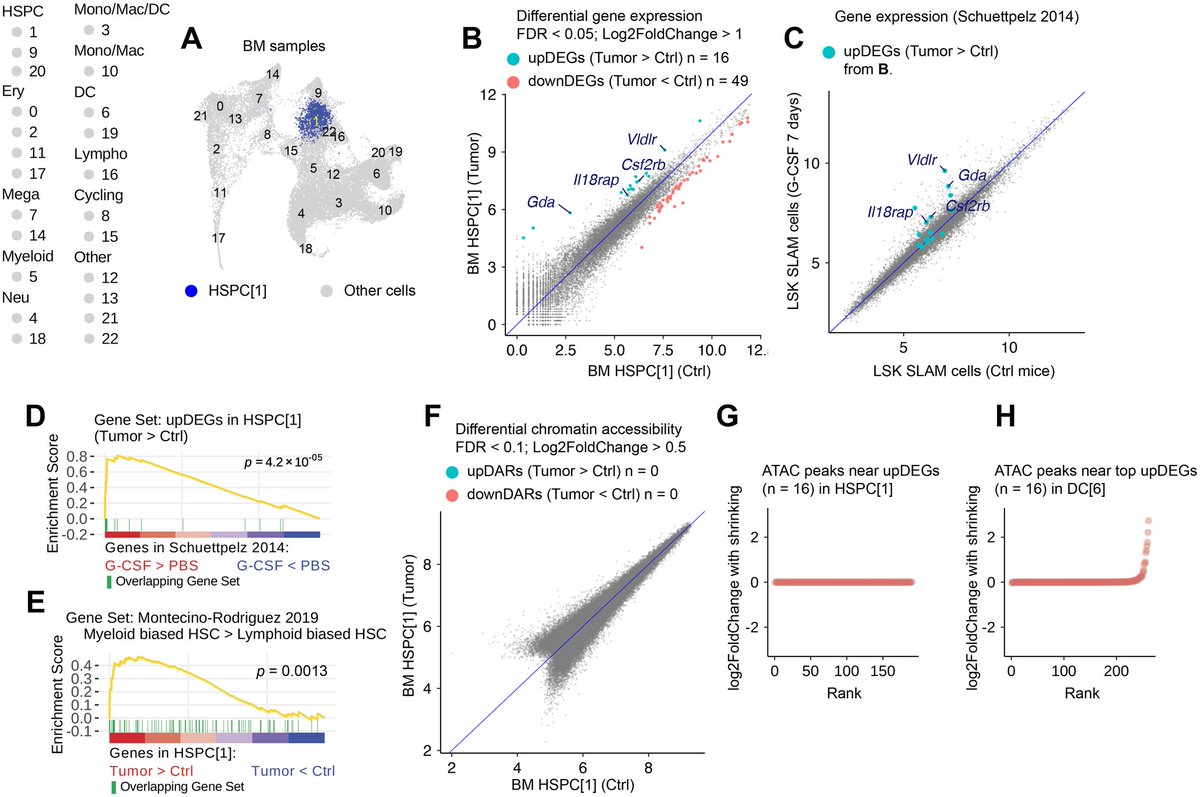
Data revealed that inducible co-stimulator (ICOS) mediates antitumor immunity by promoting the secretion of cancer-suppressive cytokines, suggesting that activation of ICOS may be a potential therapeutic strategy for #colorectalcancer. Read more: ow.ly/vp4e50WlLvu.
